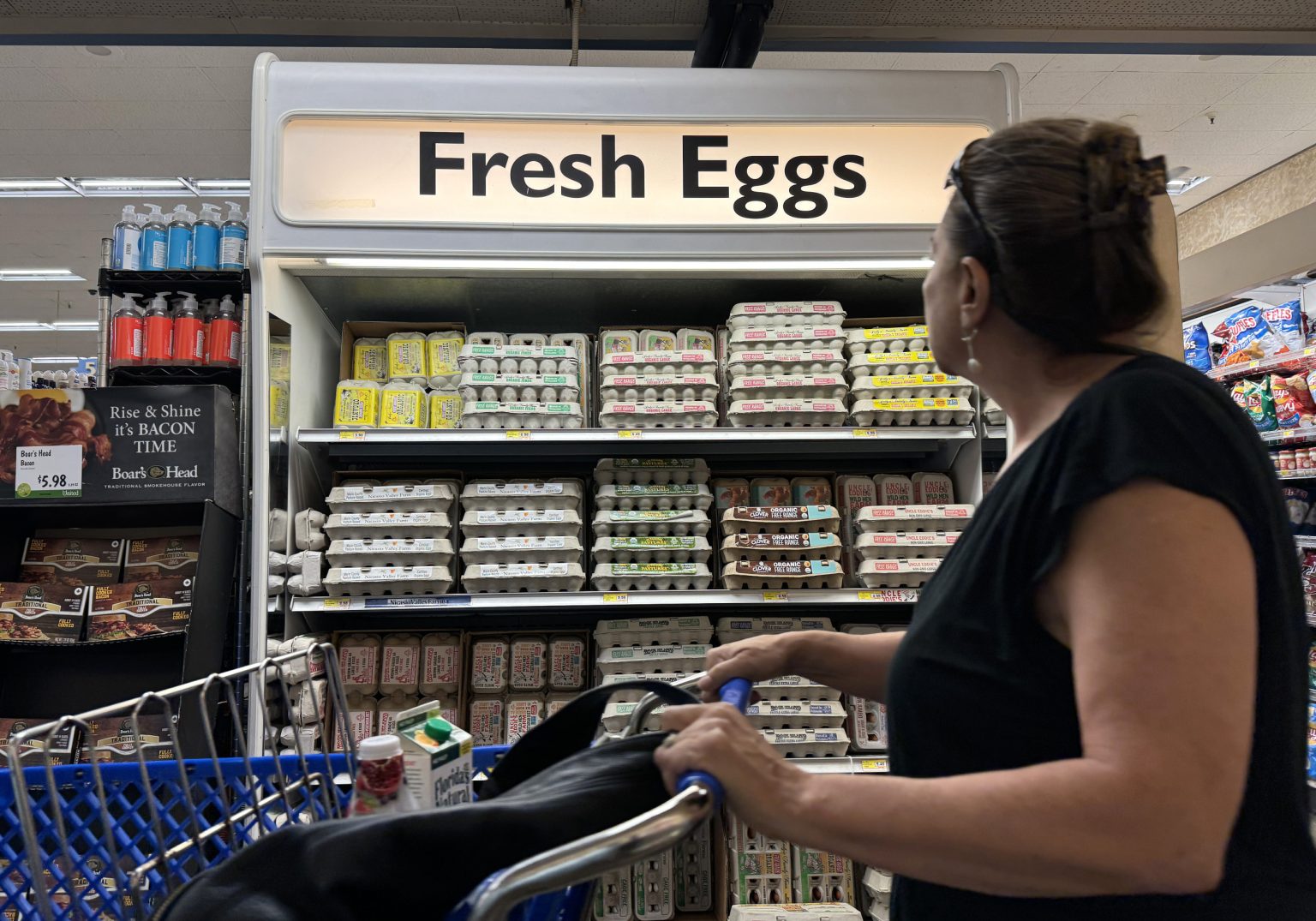The escalating cost of eggs in California has become a focal point of concern, reflecting both localized challenges and broader national trends. A near 70% surge in price within a single month, pushing the cost of a dozen eggs to nearly $9, underscores the impact of the highly pathogenic avian influenza (HPAI) outbreaks that have ravaged poultry flocks across the state. This price hike is not an isolated incident but rather a stark illustration of the persistent inflation plaguing grocery prices nationwide. The cost of essential food items, especially eggs, has become a sensitive political issue, with potential ramifications extending to consumer confidence, small business viability, and even electoral outcomes. The current crisis underscores the fragility of the food supply chain and raises critical questions about preparedness for agricultural emergencies.
California’s predicament is emblematic of a nationwide struggle with the avian influenza. Millions of egg-laying hens have been culled in an attempt to contain the virus, with several counties experiencing devastating losses. The timing of these outbreaks, coinciding with the holiday season when egg demand typically peaks, has exacerbated the situation. This confluence of factors has led to purchasing limits at major grocery chains and a pronounced scarcity of cage-free eggs, a product mandated by California’s stringent animal welfare regulations. The state’s commitment to humane farming practices, while laudable, has further complicated the supply issue. The ripple effect of these disruptions has extended beyond large retailers, impacting small businesses in the food production sector who are now facing difficulties sourcing essential ingredients, threatening their profitability and ability to meet consumer demand.
The national scope of the avian influenza outbreak adds another layer of complexity. Major egg-producing states, including Iowa and Ohio, have also reported HPAI cases, contributing to a nationwide depletion of egg-laying hens. Projections suggest that the US egg-laying flock may fall to its lowest level since the 2022 bird flu crisis, with a potential recovery timeline extending to mid-2025, assuming no further outbreaks occur. This protracted recovery period highlights the severity of the current crisis and the challenges in rebuilding poultry populations. The combination of reduced supply and persistent demand has created a volatile market where prices are expected to remain high for the foreseeable future.
The economic implications of this egg shortage are multifaceted. Consumers are grappling with inflated prices for a staple food item, adding further strain to household budgets already stretched thin by broader inflationary pressures. Small businesses, particularly in the food service and baking industries, are facing difficult choices. Rising input costs threaten their profitability, forcing them to consider raising prices, reducing portion sizes, or even altering their menus. The long-term consequences for these businesses remain uncertain, and their ability to adapt to the ongoing shortages will be crucial for their survival. The ripple effect of these challenges extends throughout the food supply chain, impacting everything from restaurants and bakeries to grocery stores and ultimately, the consumers who rely on them.
Looking ahead, California’s response to the bird flu outbreak will be pivotal in determining the speed of recovery. Implementing robust biosecurity measures, providing financial support to affected farmers, and facilitating the replenishment of poultry flocks are essential steps. At the national level, policymakers may face increasing pressure to address the economic fallout of the crisis and implement measures to ensure food affordability. This could involve exploring options such as targeted subsidies, price controls, or other forms of financial assistance to mitigate the impact on consumers and businesses. The situation also underscores the need for long-term strategies to strengthen the resilience of the food supply chain and prevent future disruptions.
The current egg shortage is a complex issue with far-reaching implications. The confluence of avian influenza outbreaks, supply chain vulnerabilities, and persistent inflation has created a perfect storm, driving prices to record levels and challenging the viability of businesses. While experts predict a recovery period of several months, the possibility of further outbreaks and lingering supply chain issues could extend this timeline. The collective response of government, industry, and consumers will be crucial in navigating this crisis and ensuring a stable and affordable supply of this essential food item in the future. The current situation serves as a stark reminder of the interconnectedness of the food system and the importance of proactive measures to protect its integrity and resilience.

